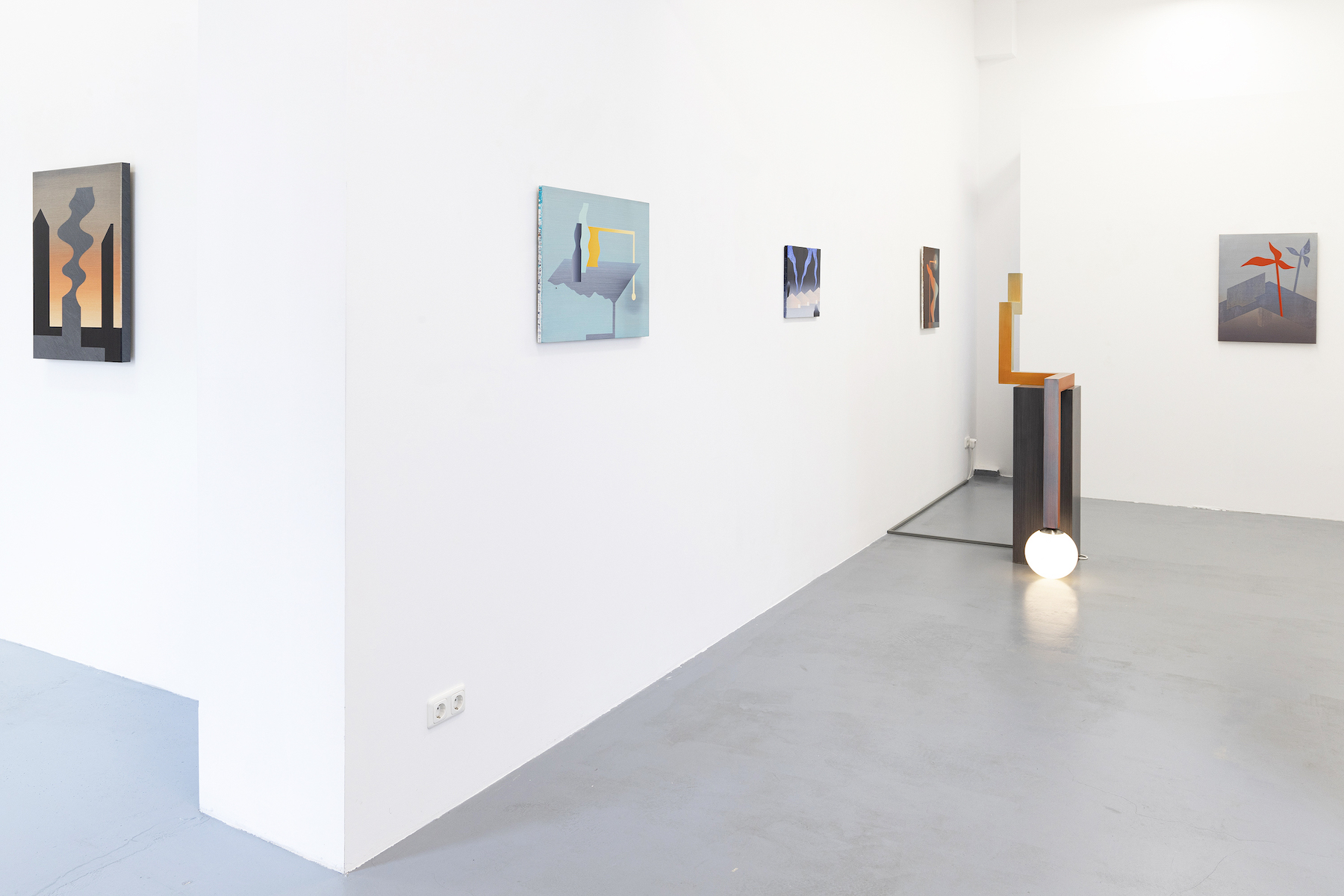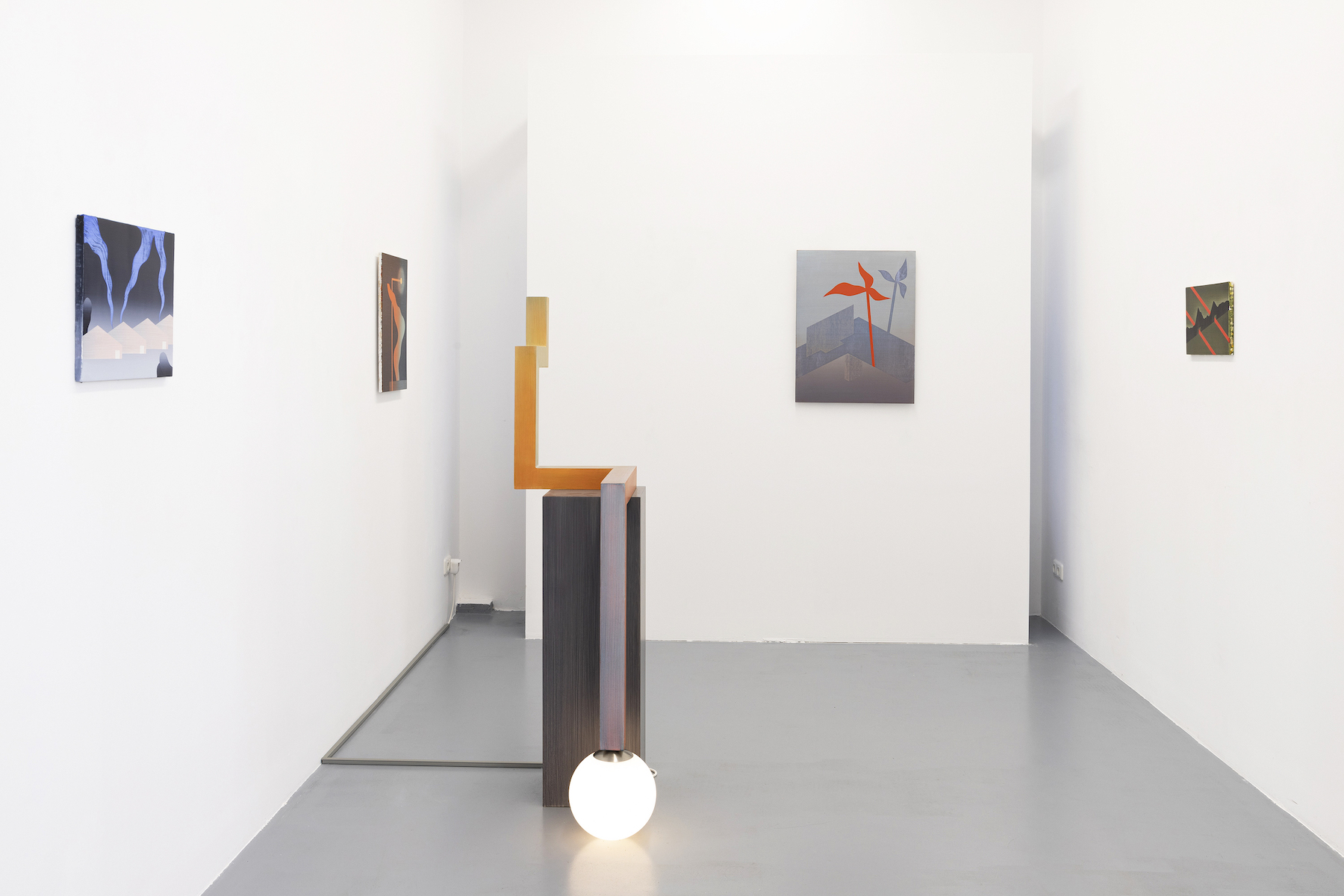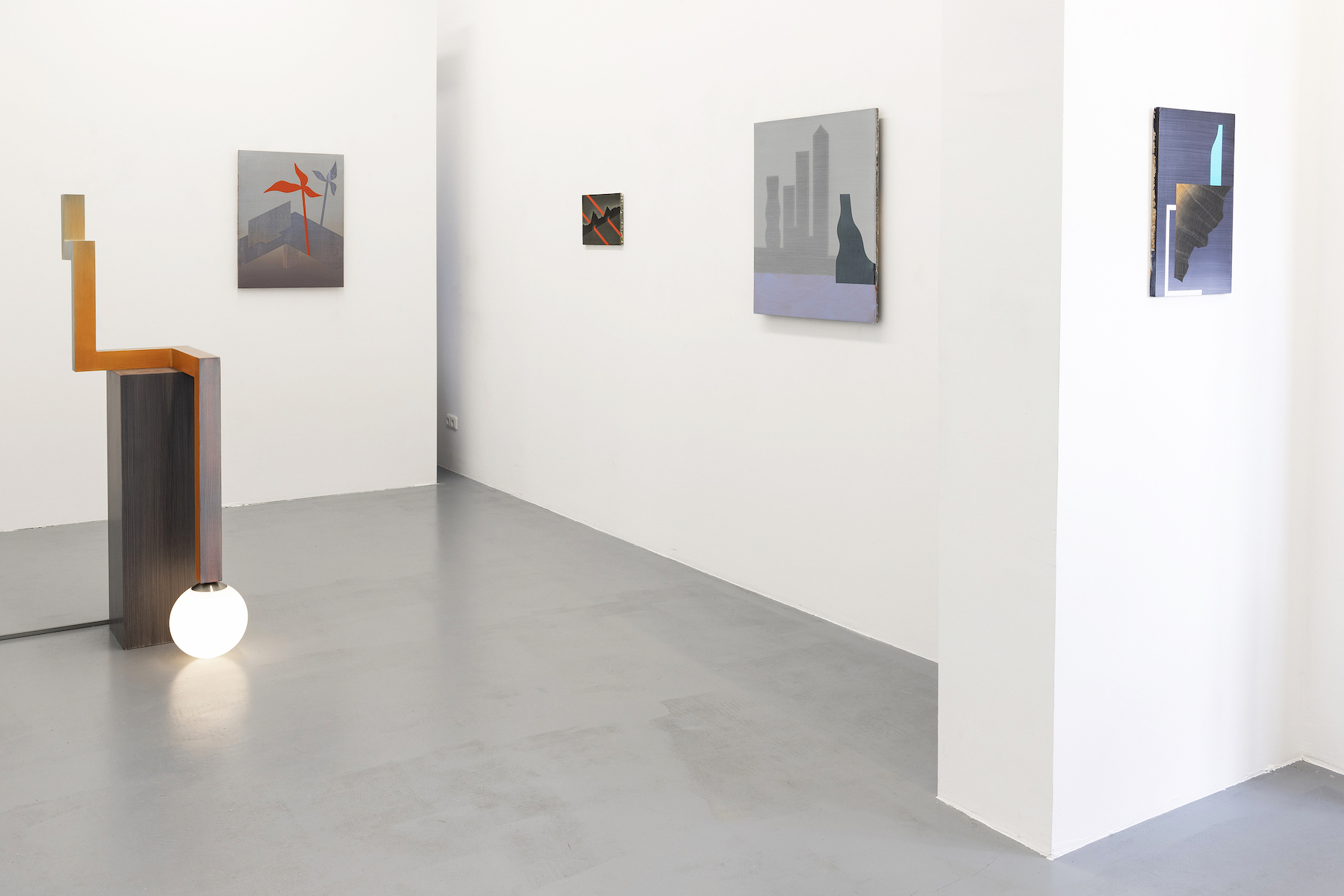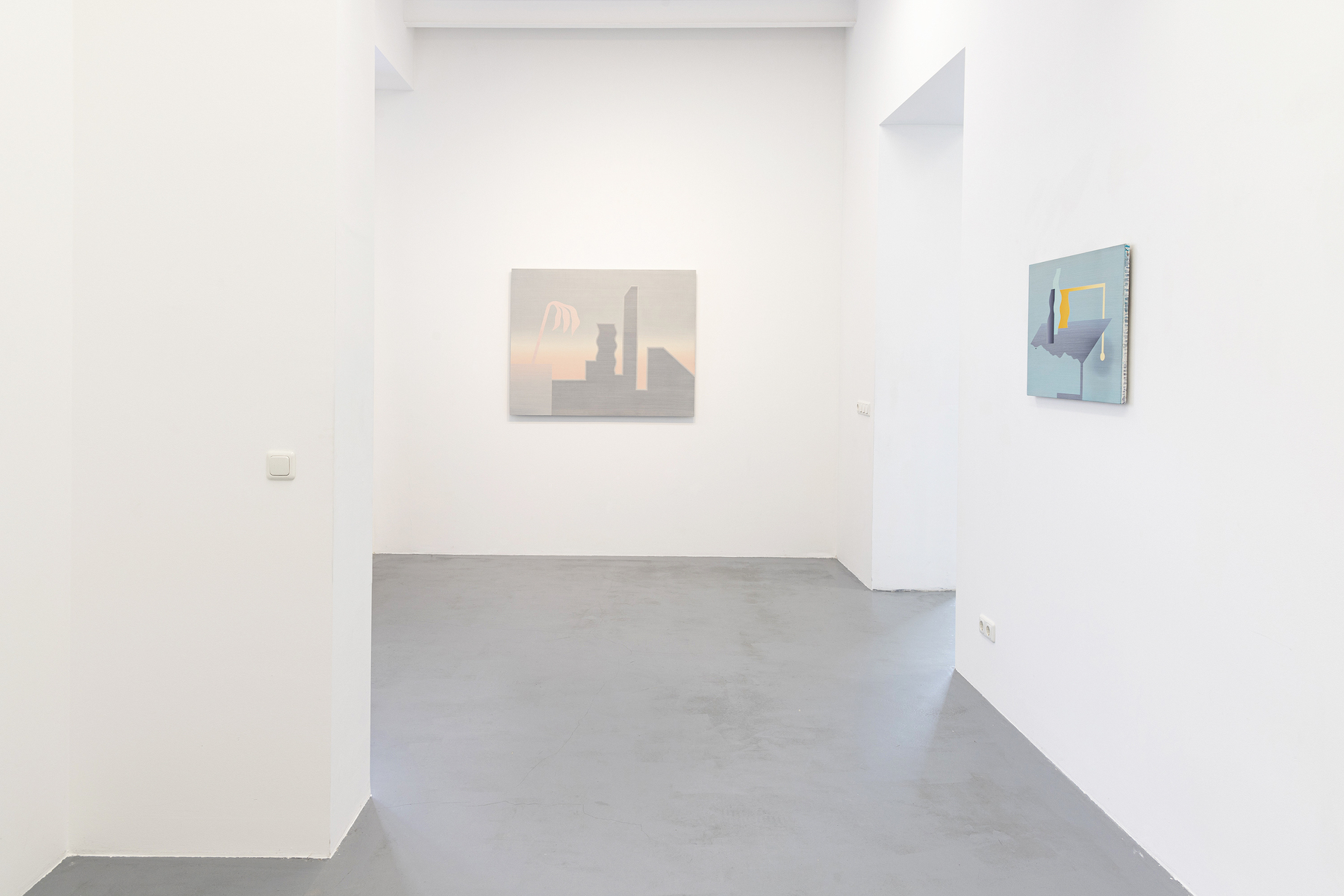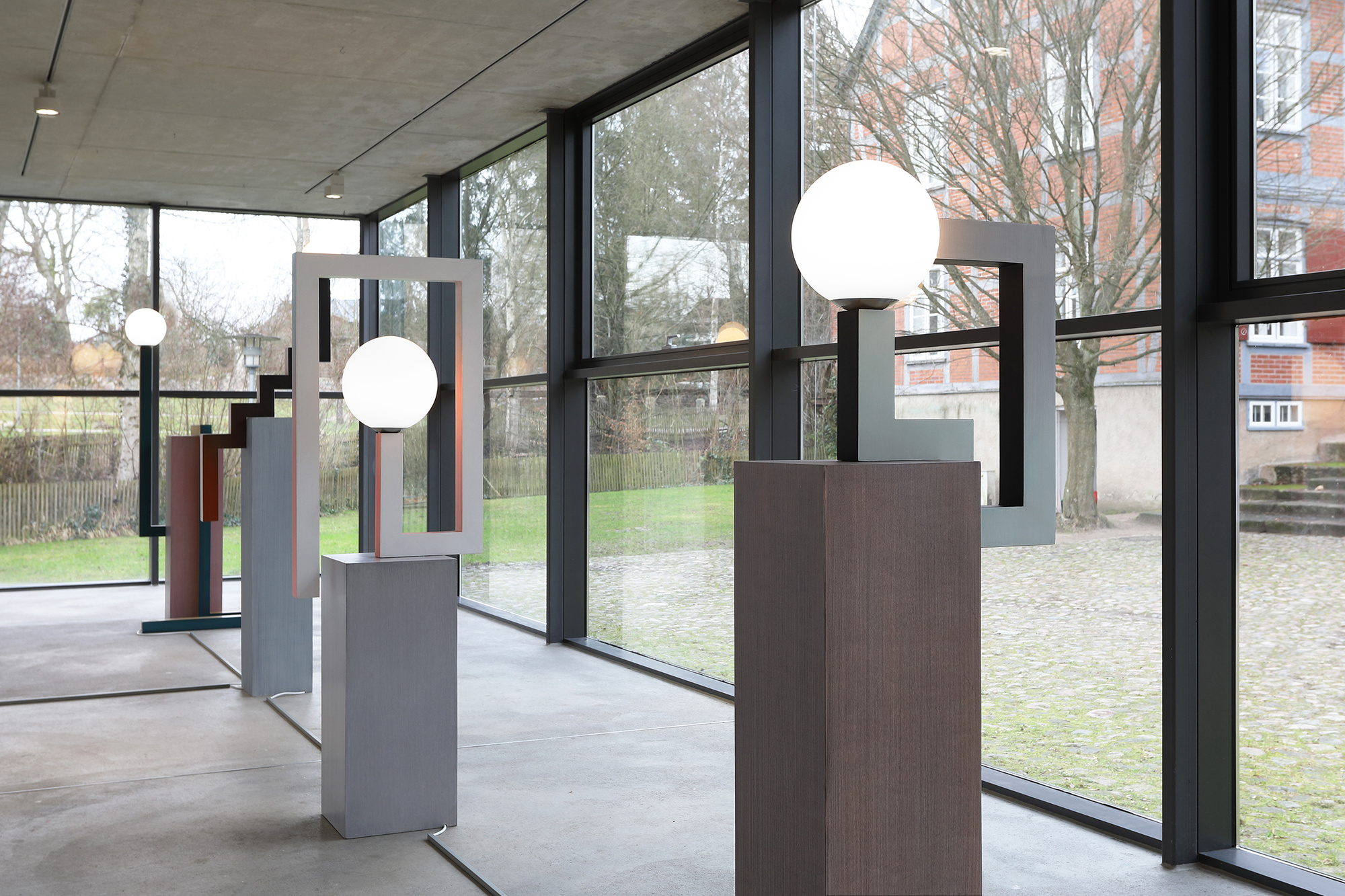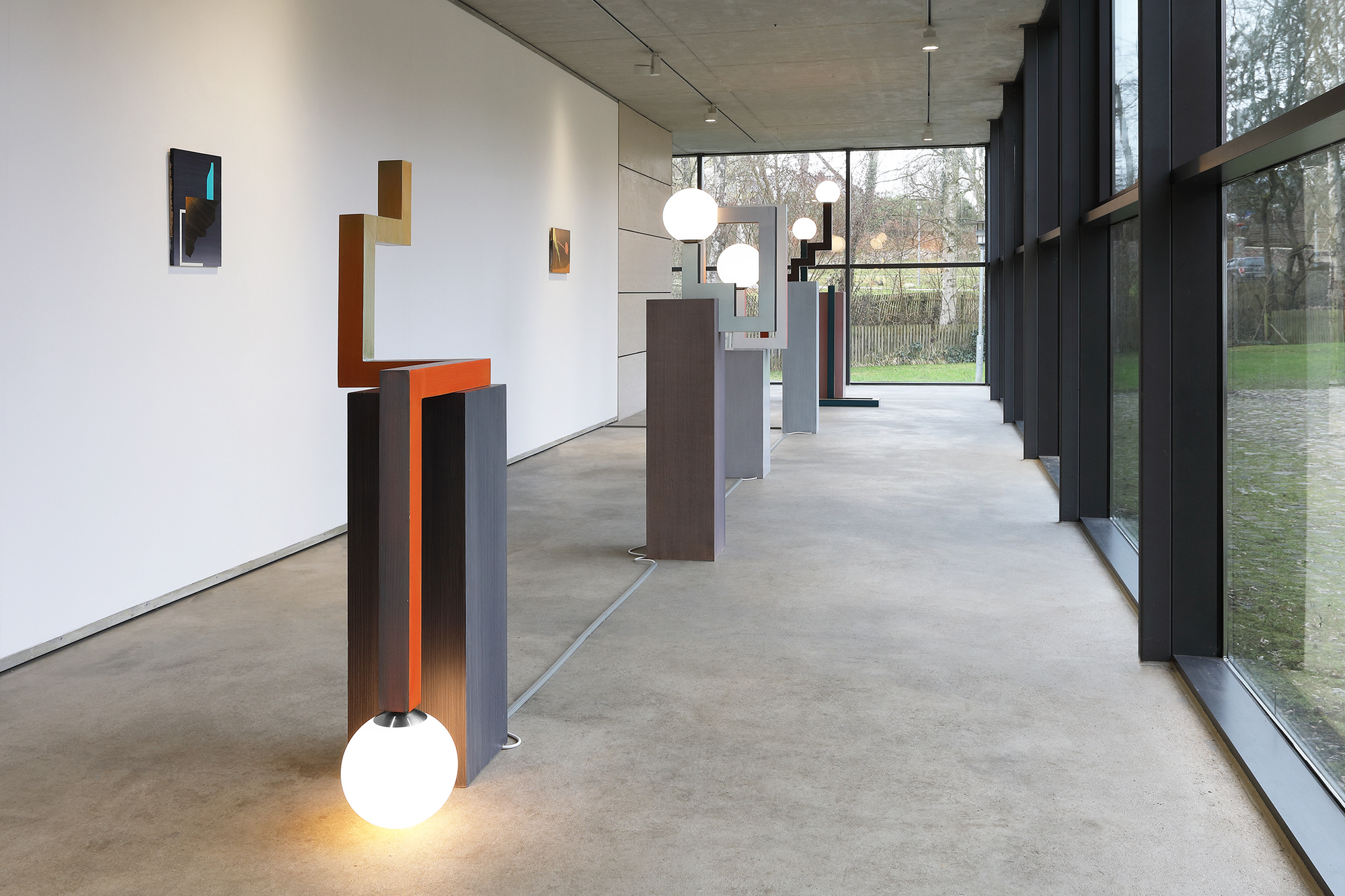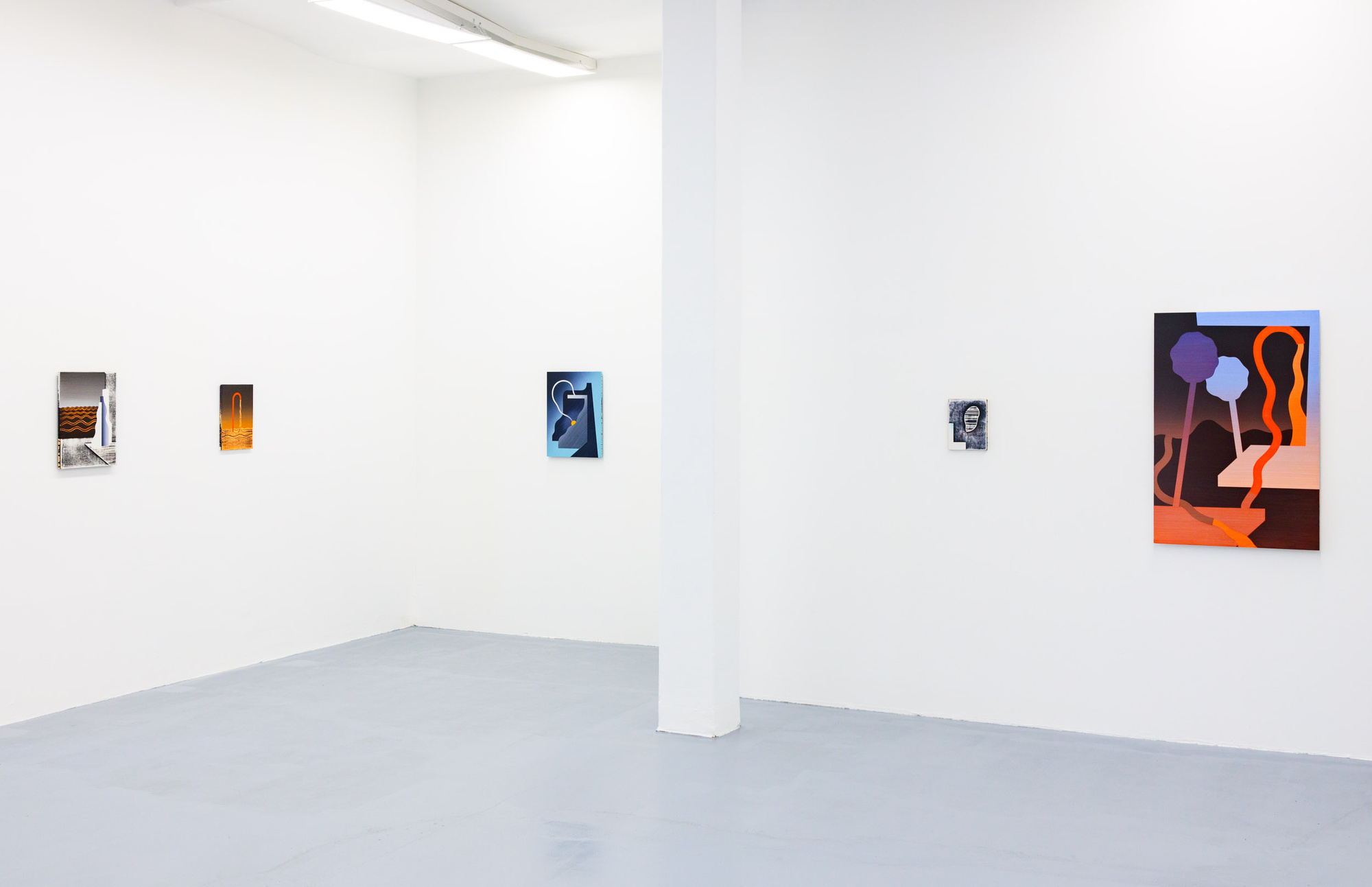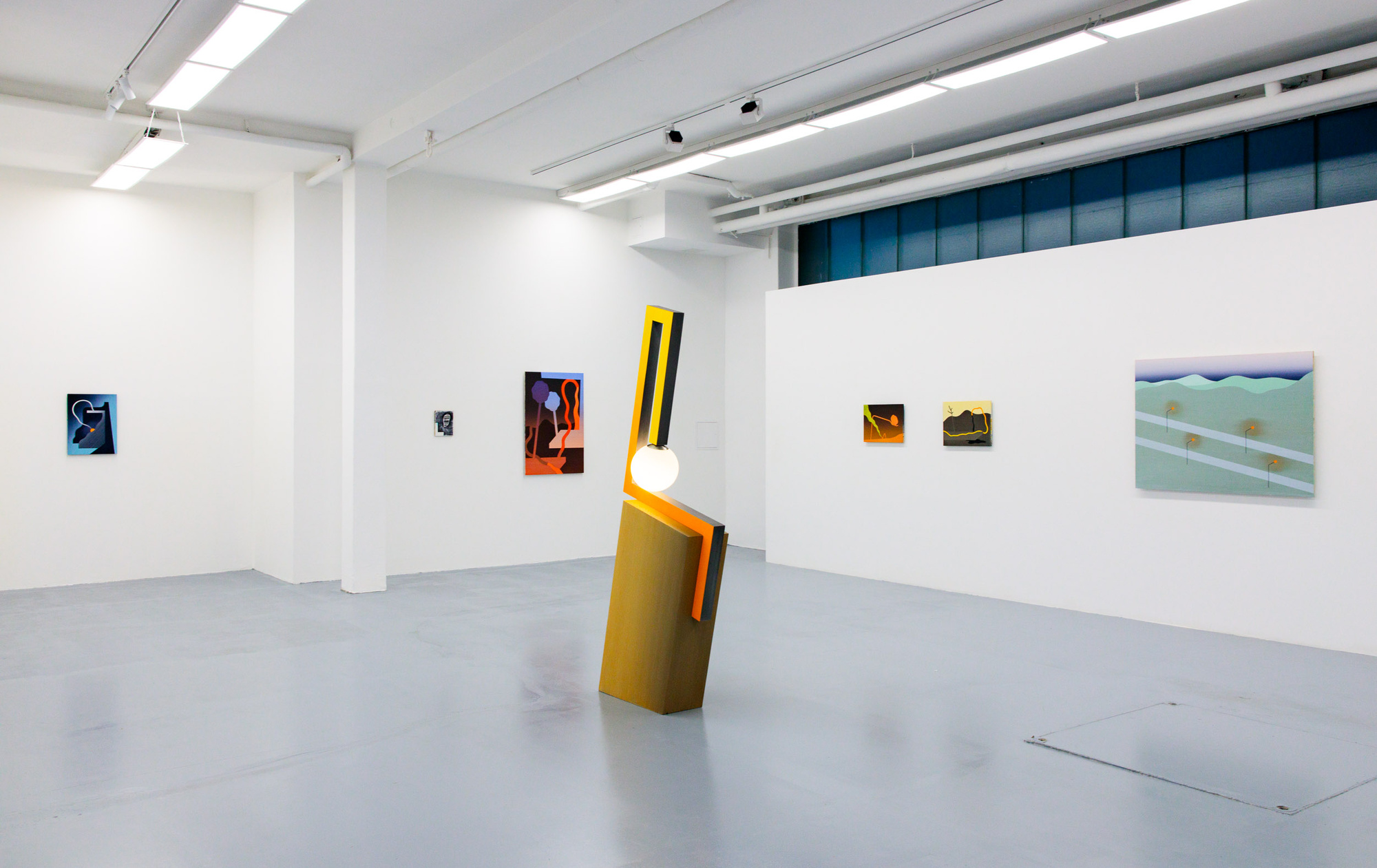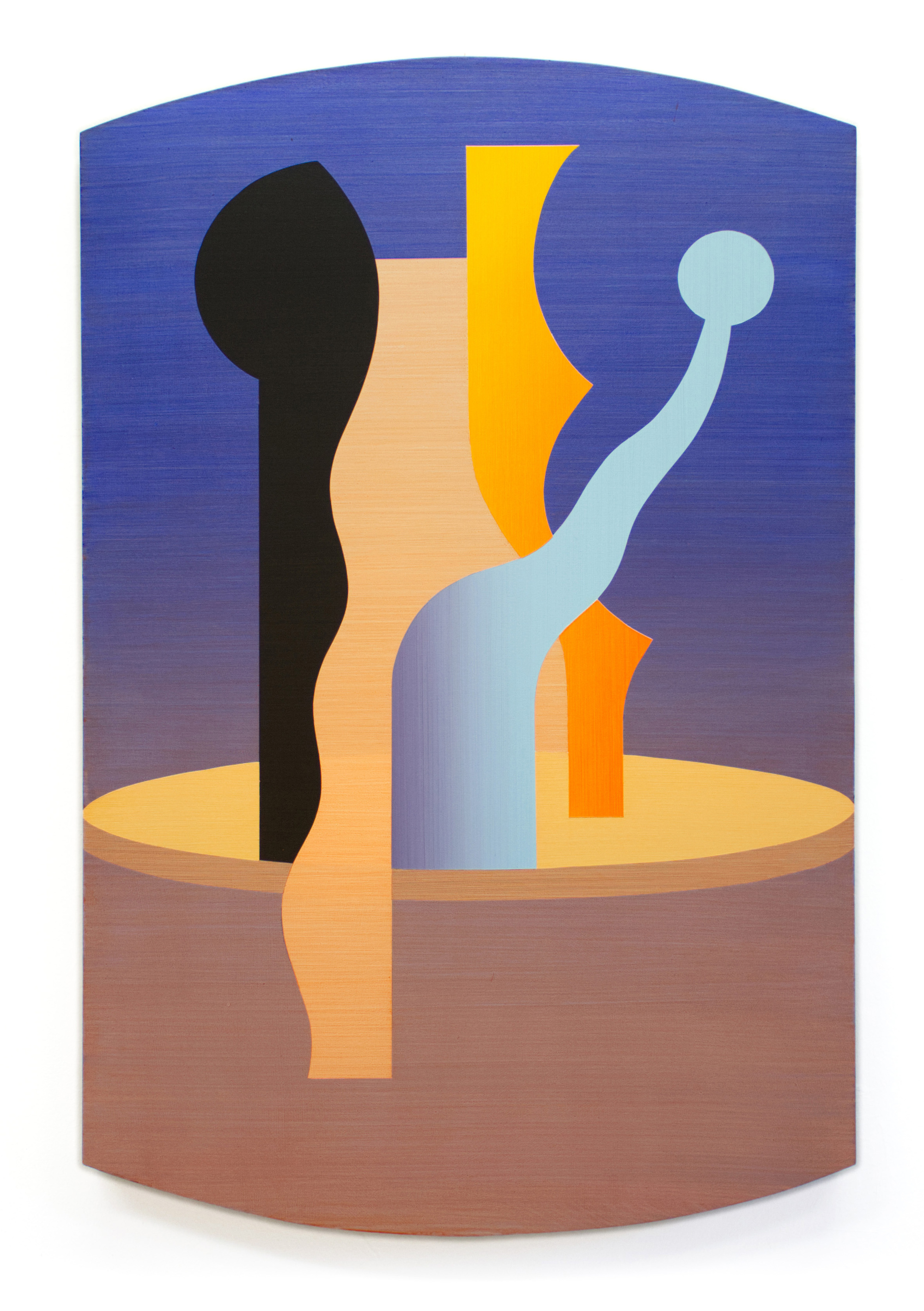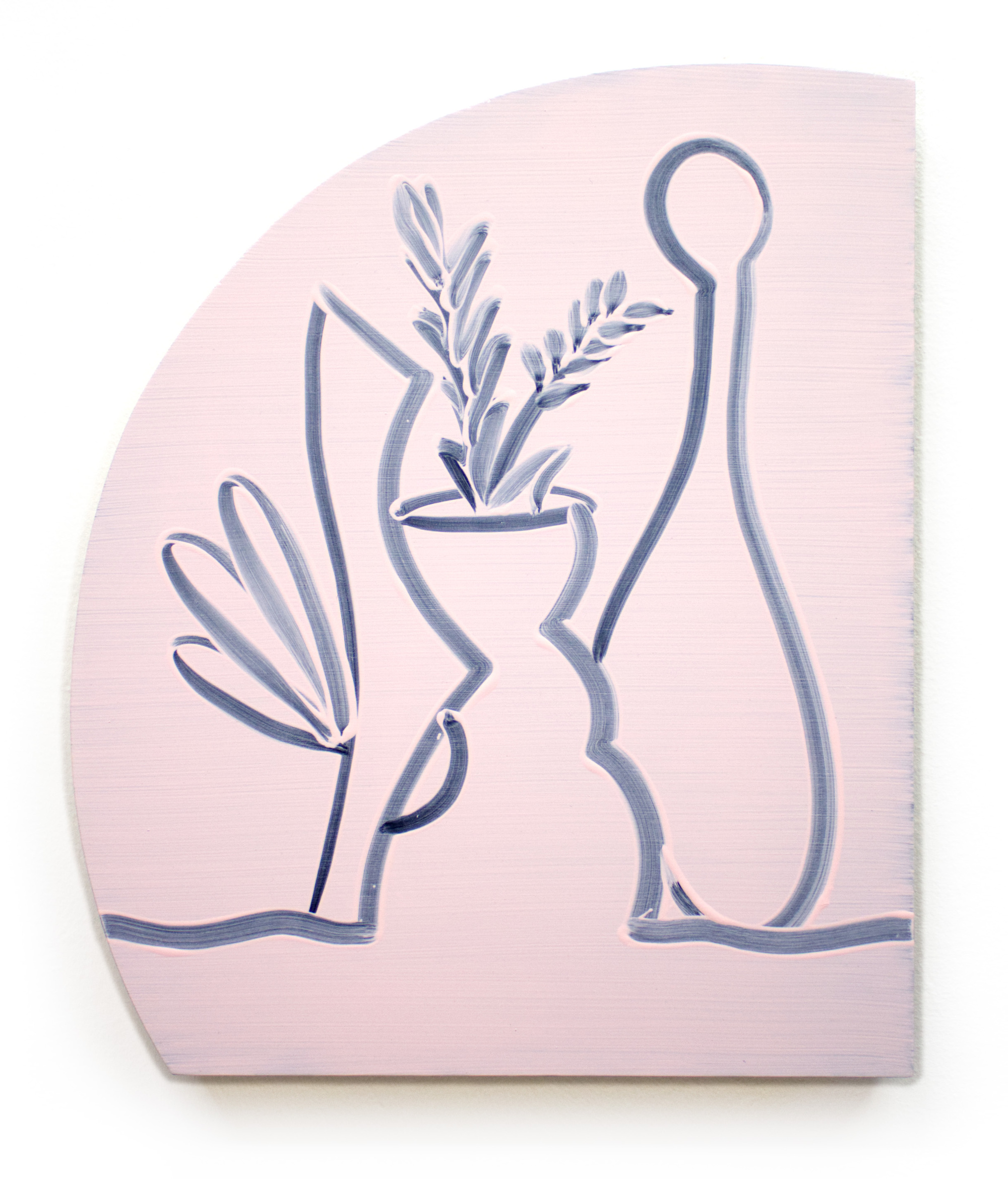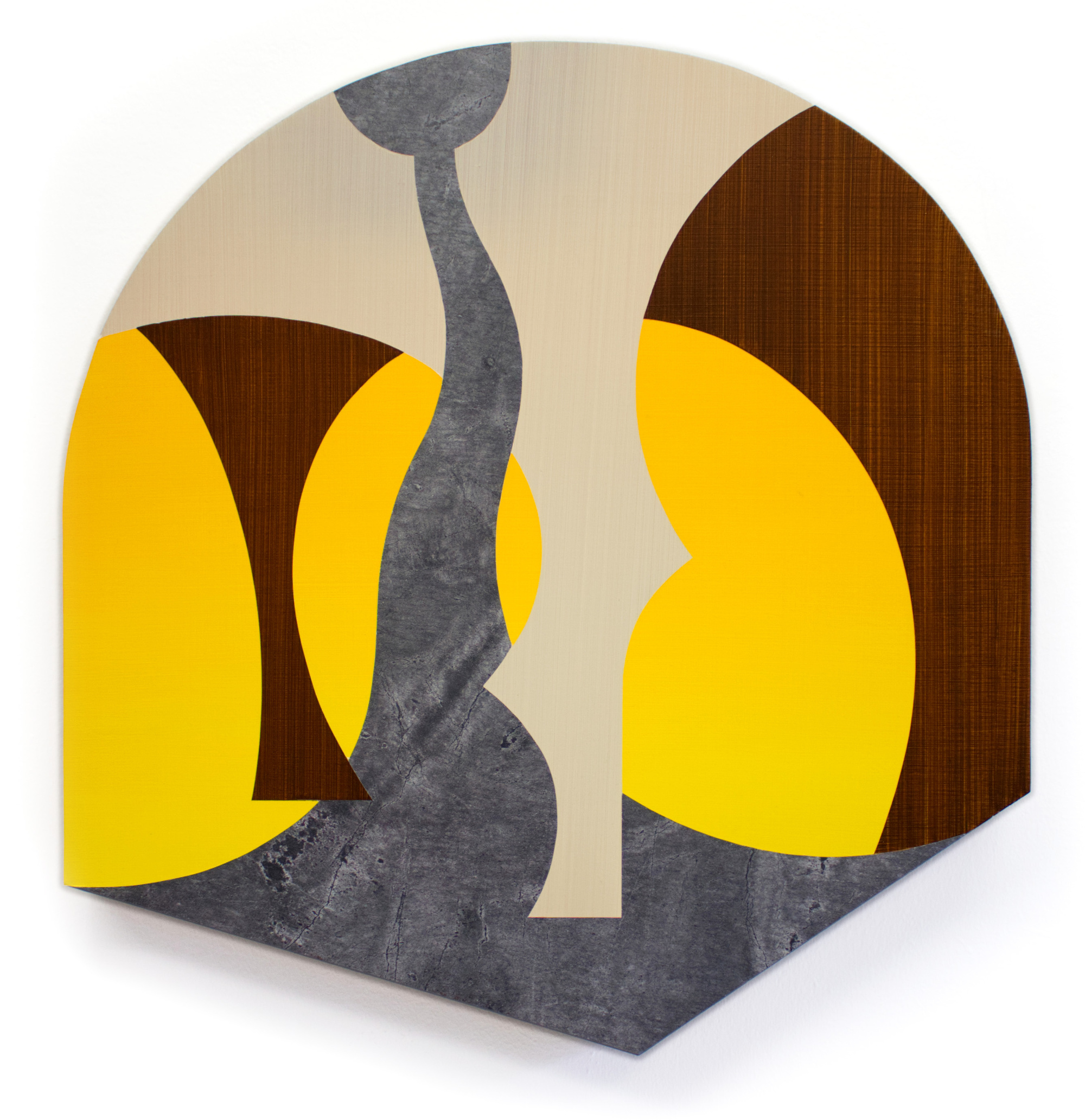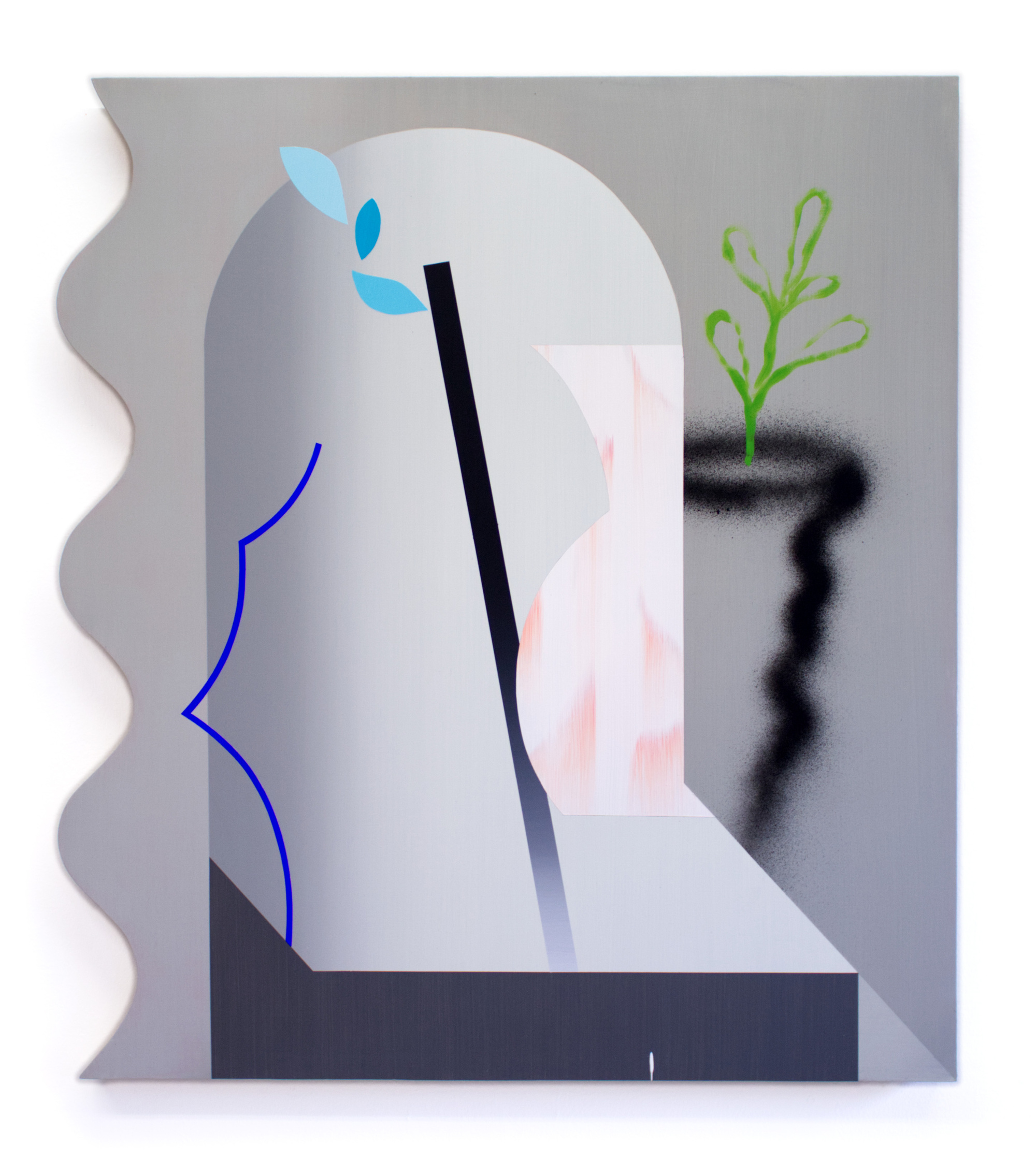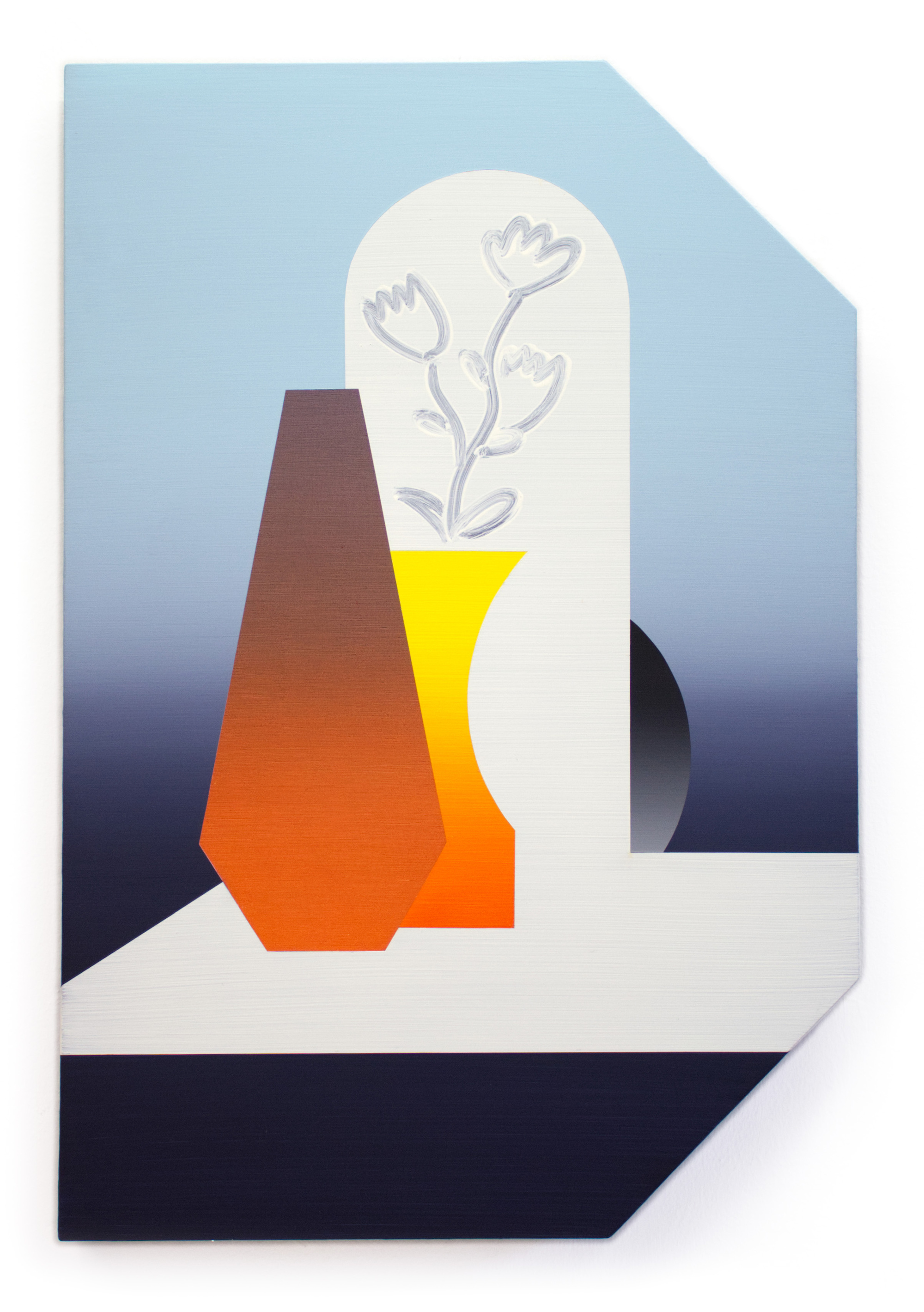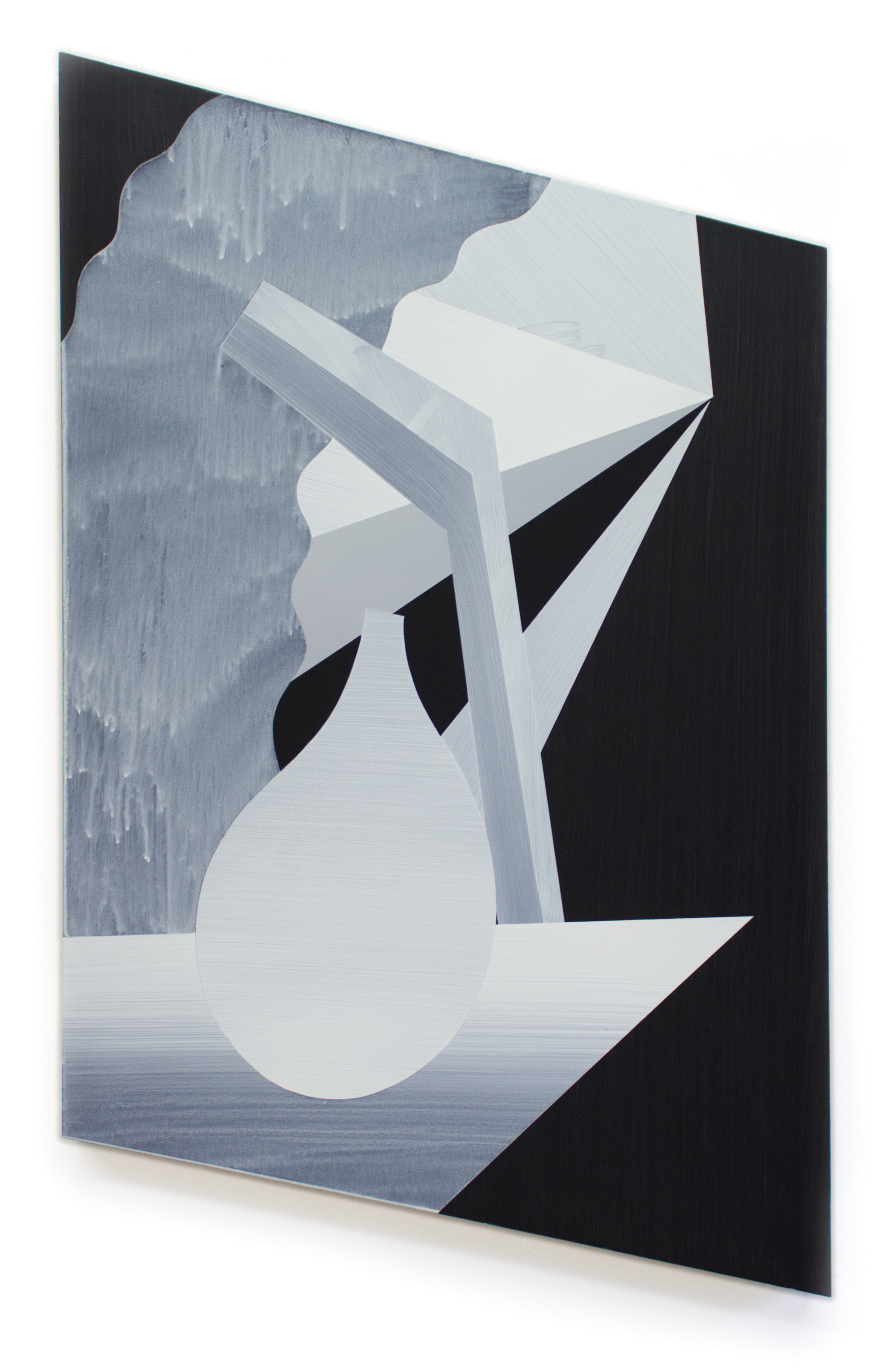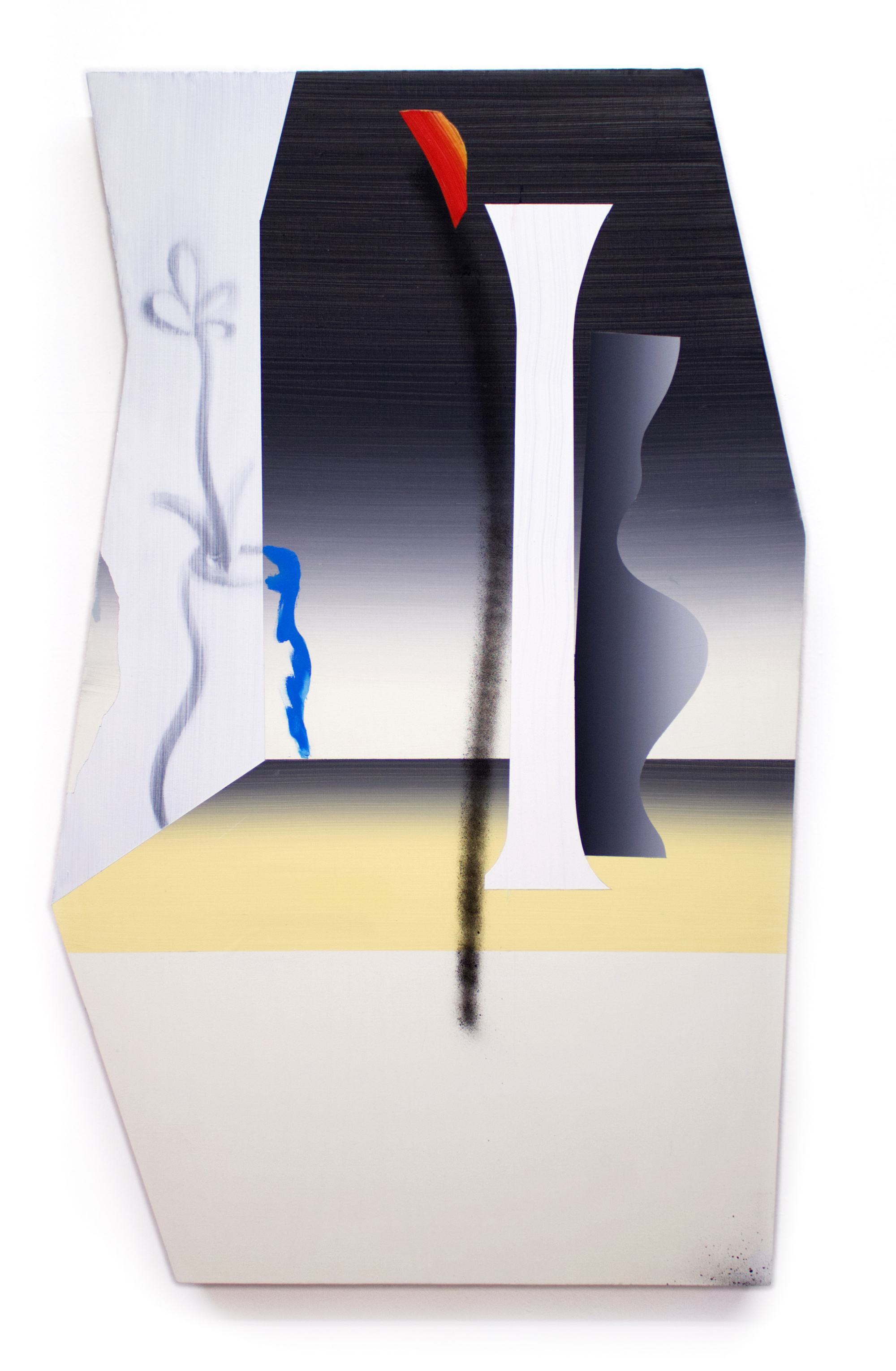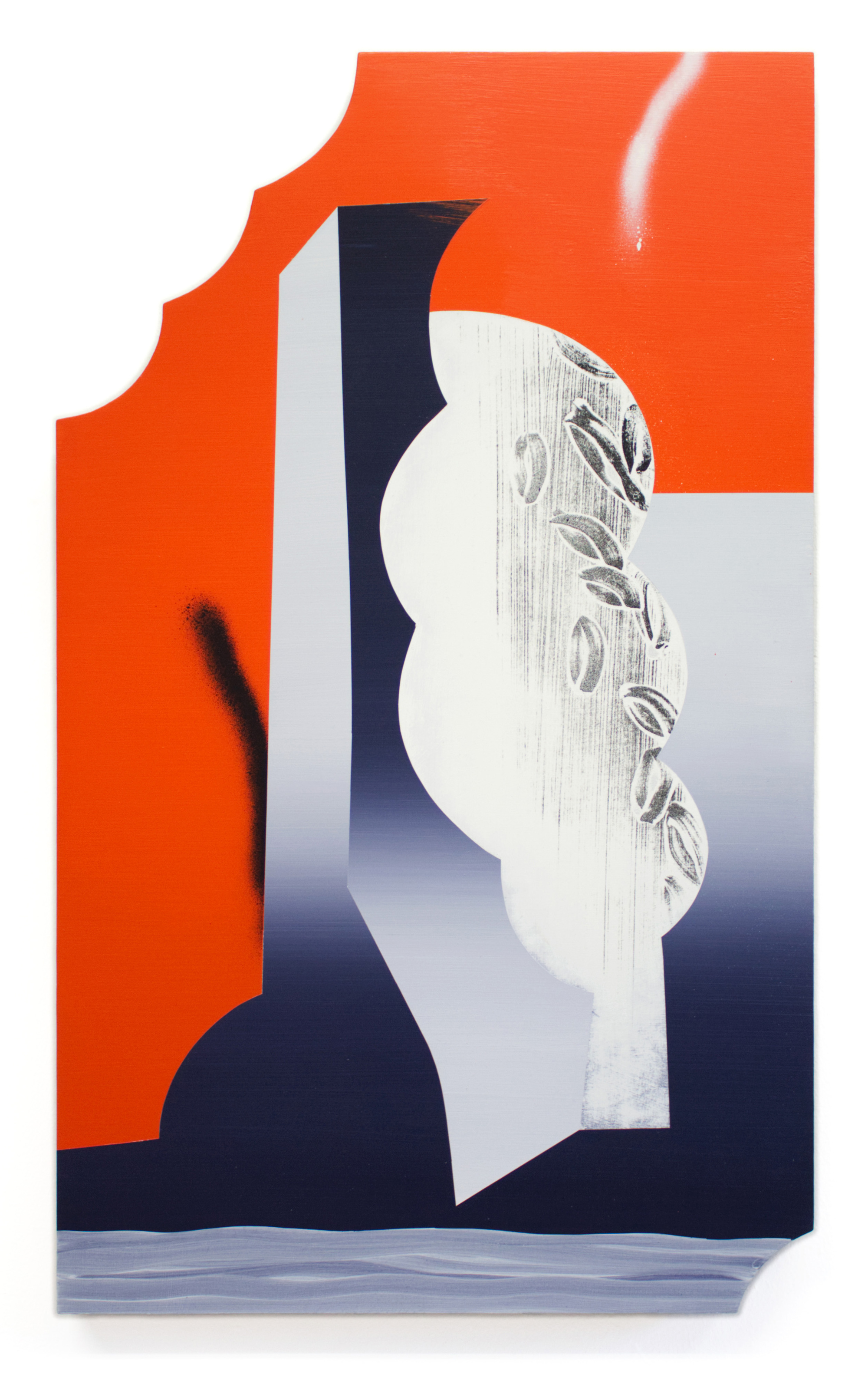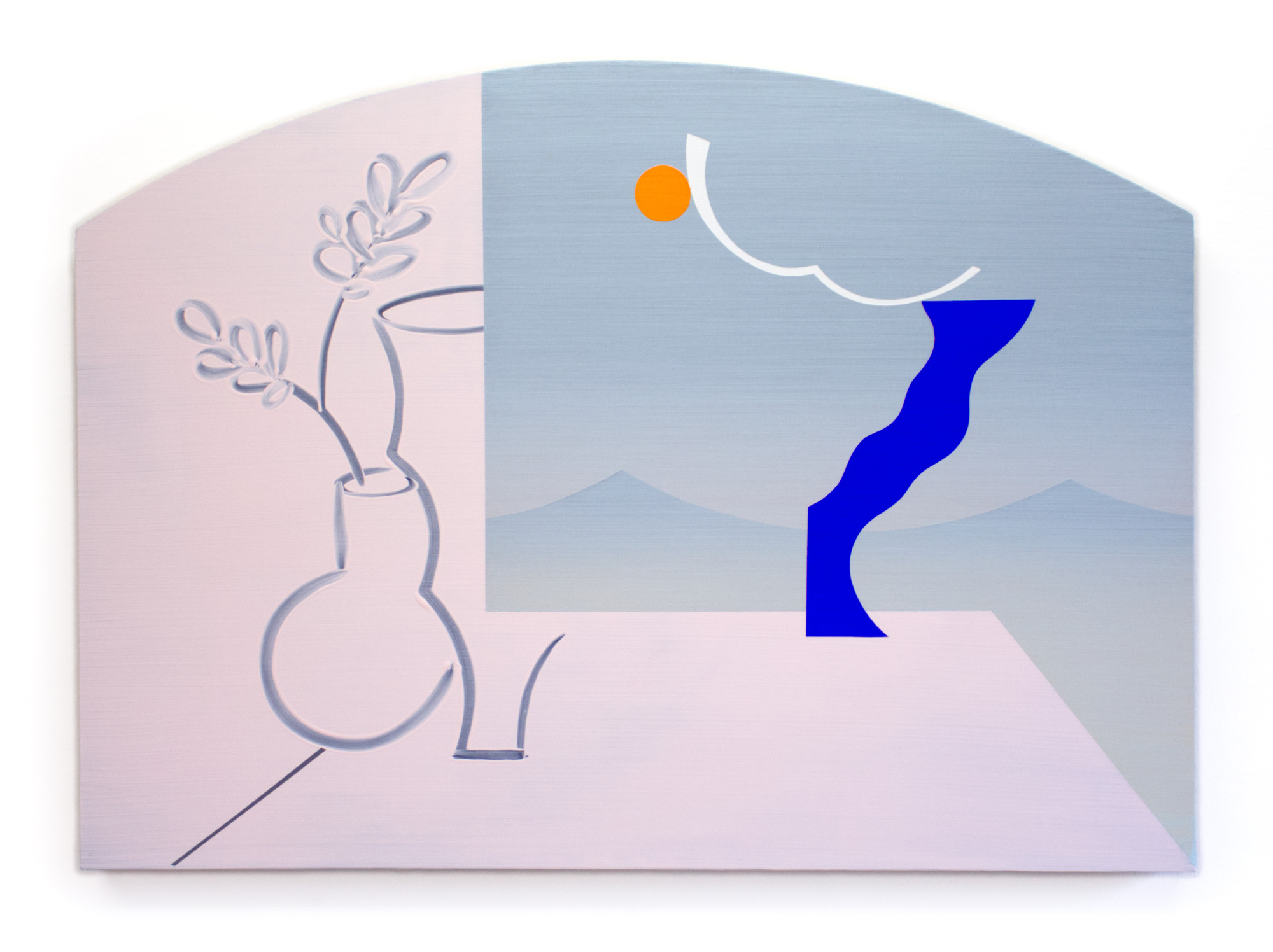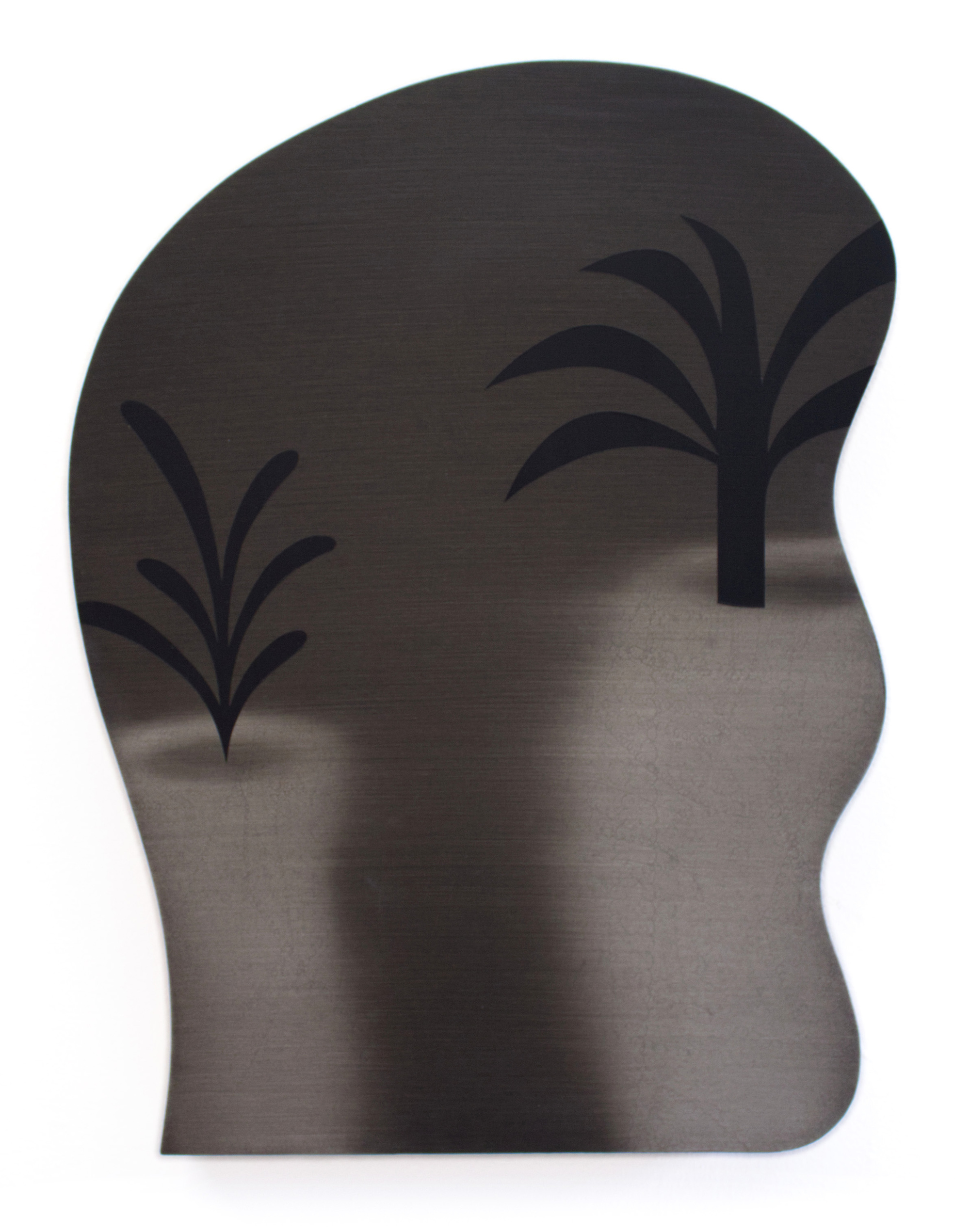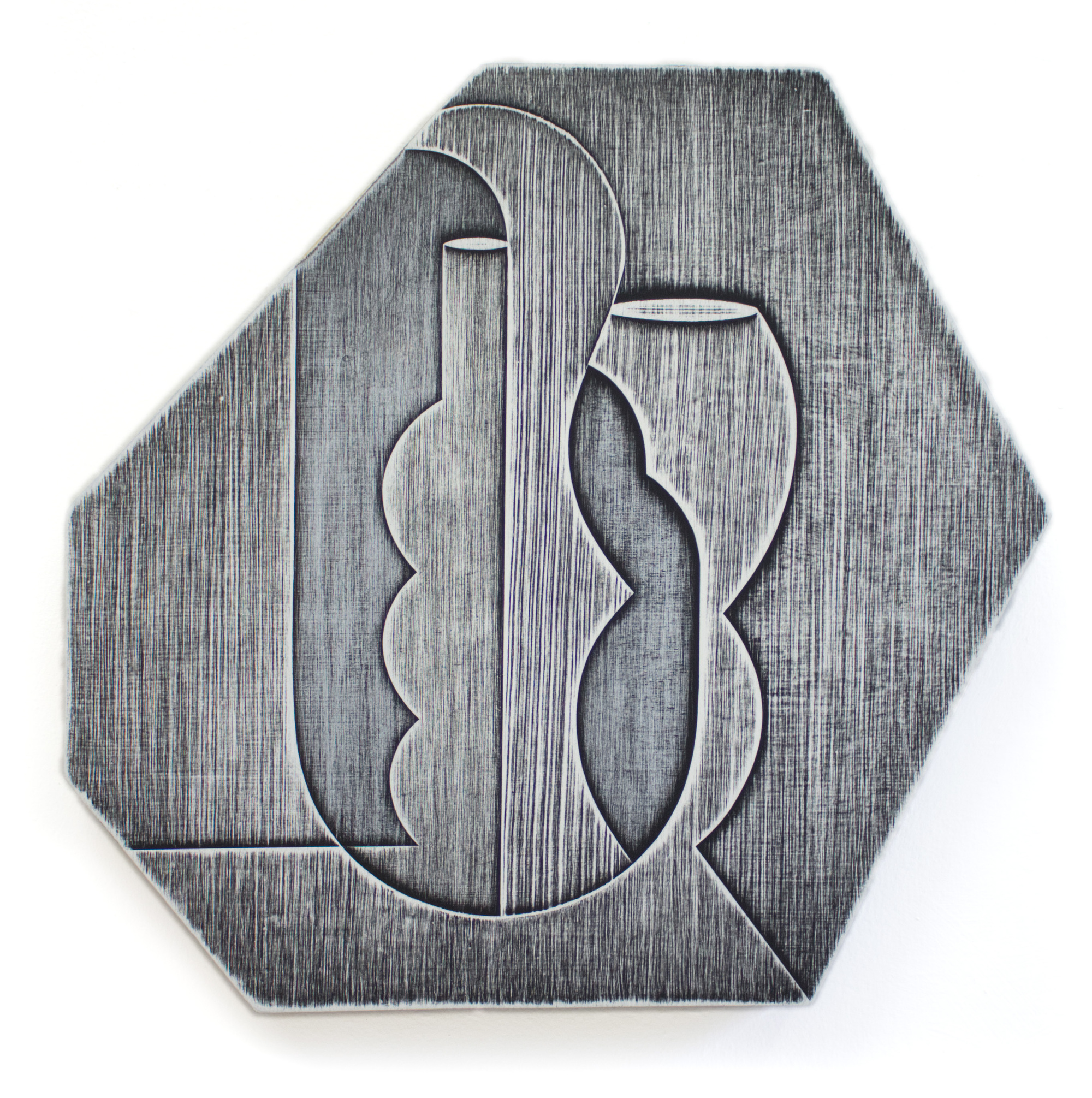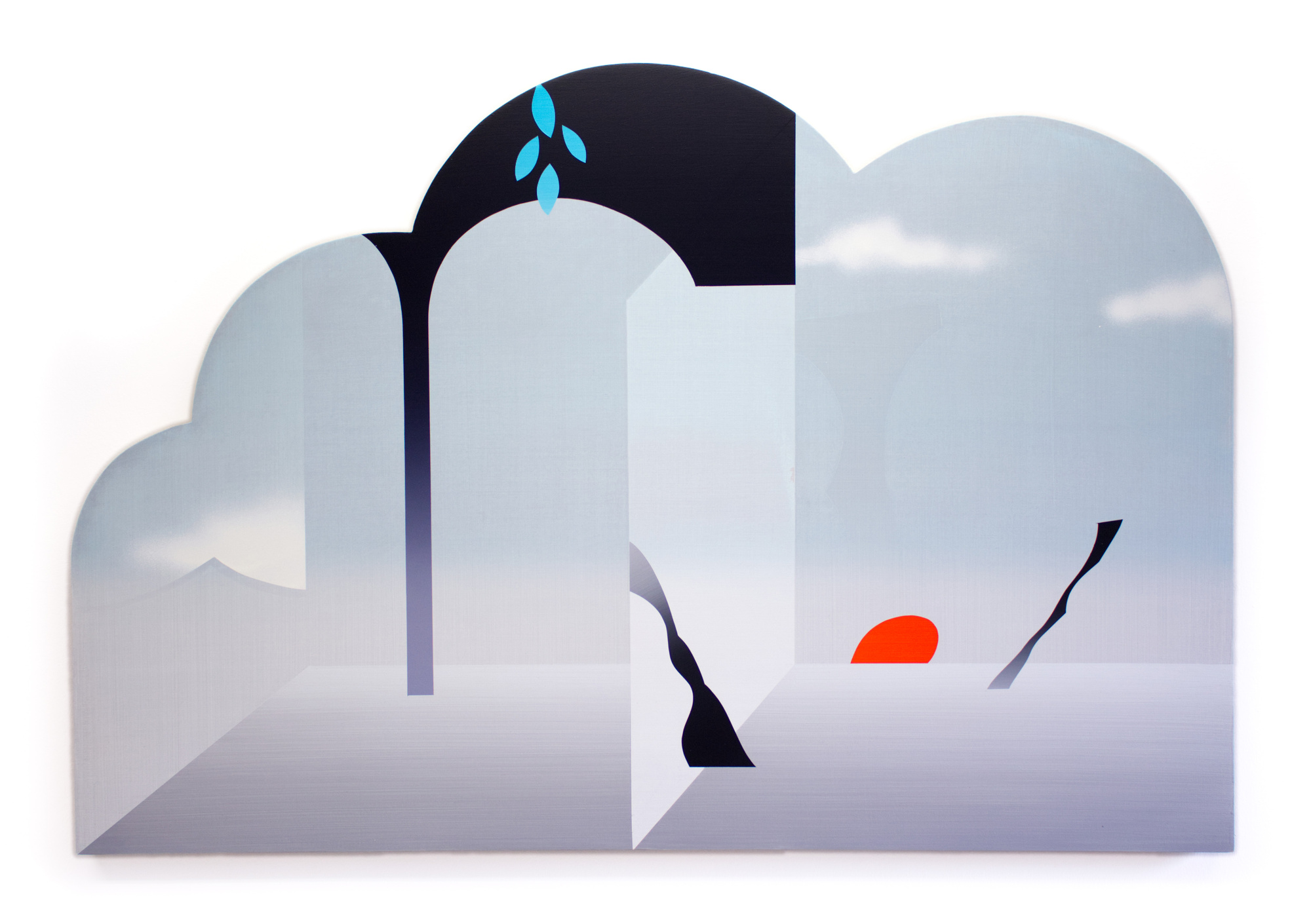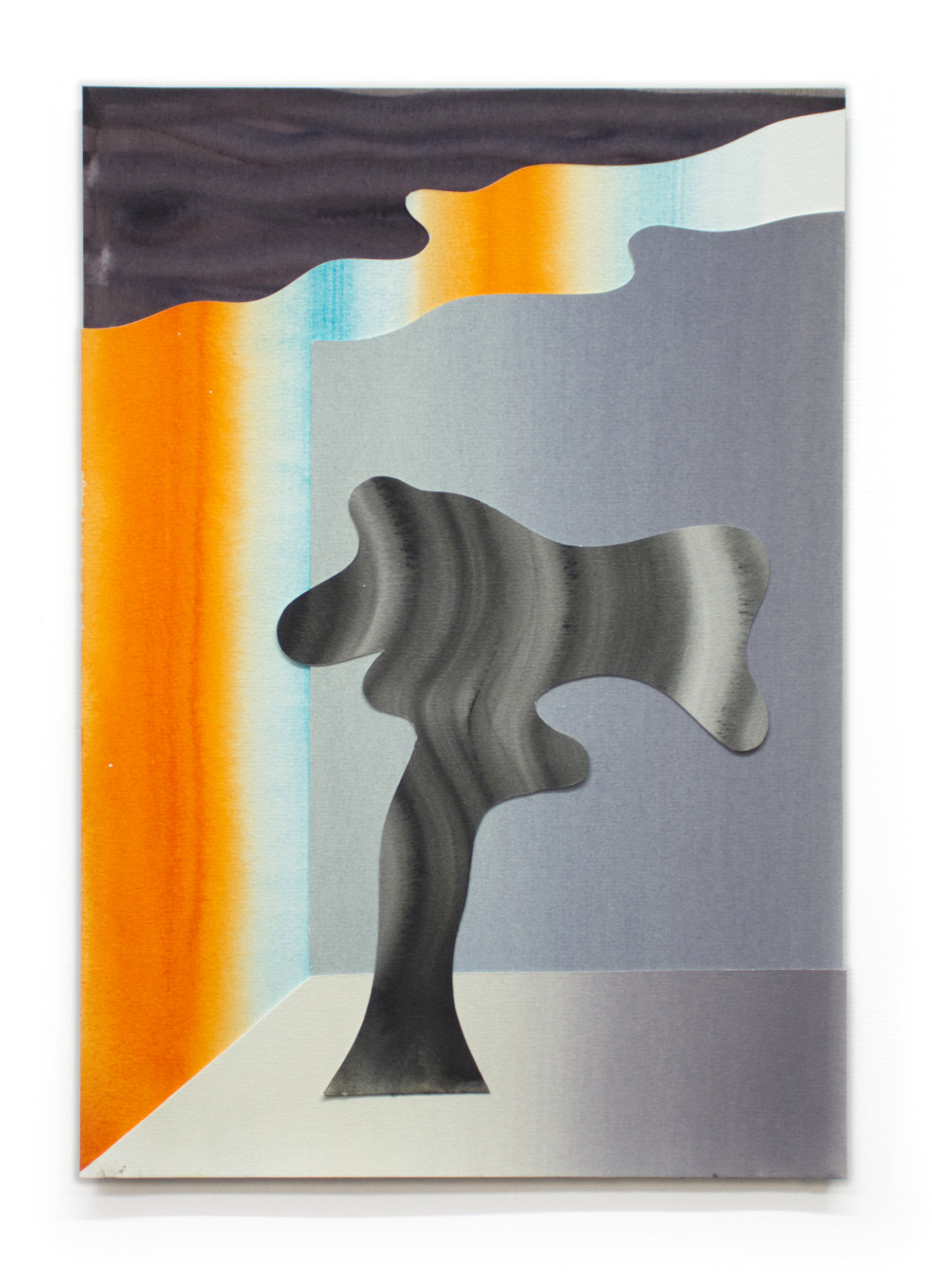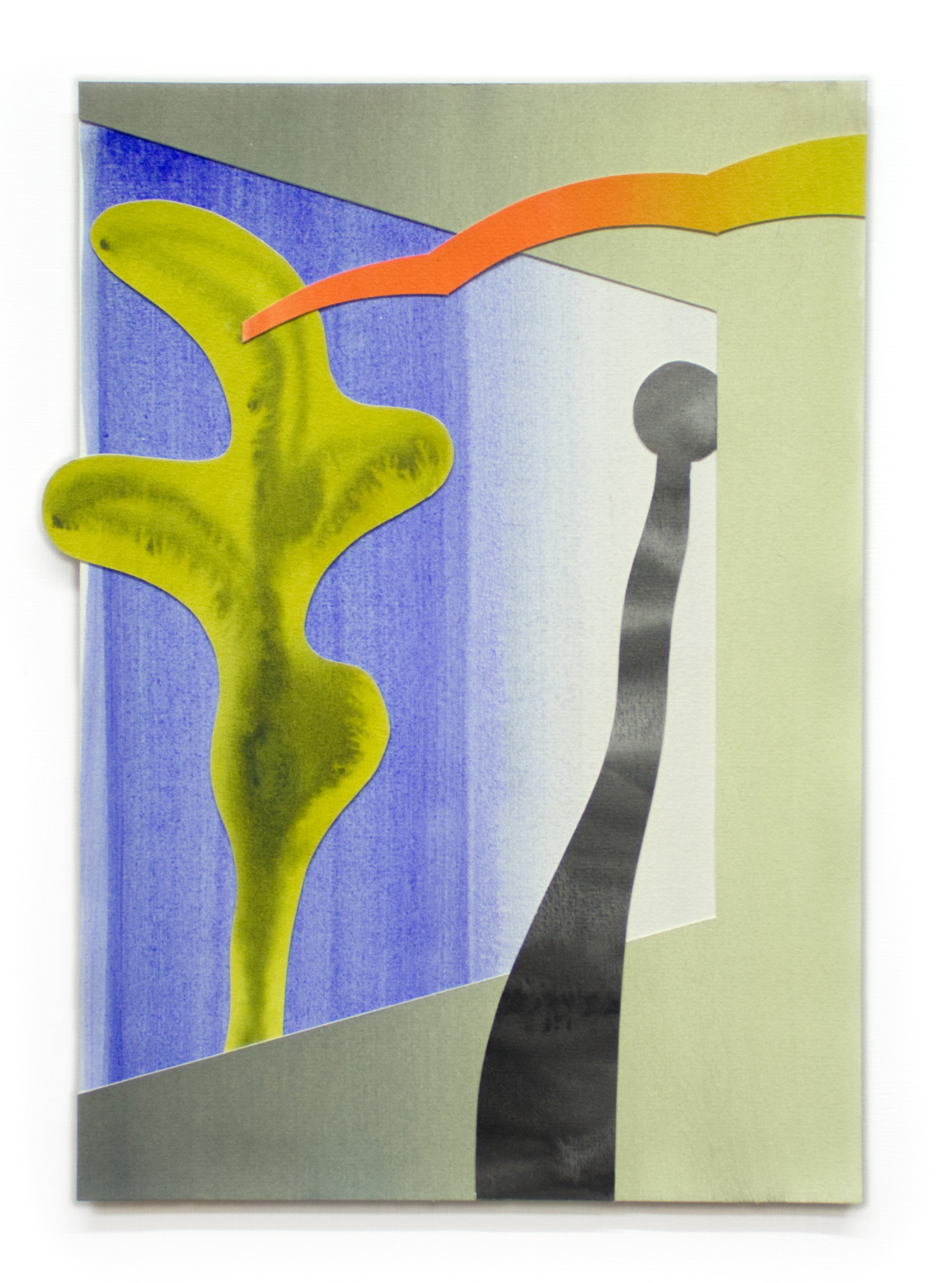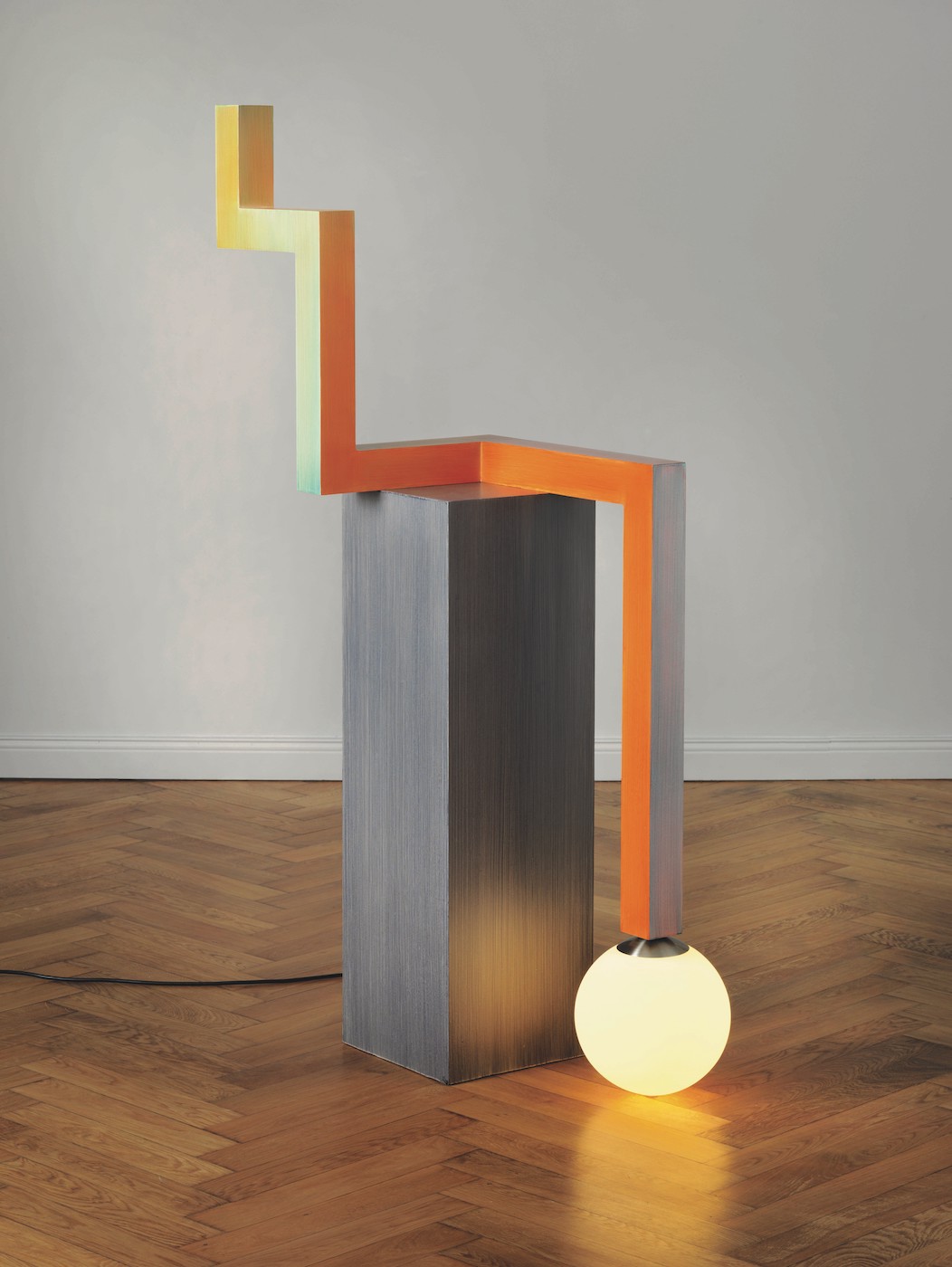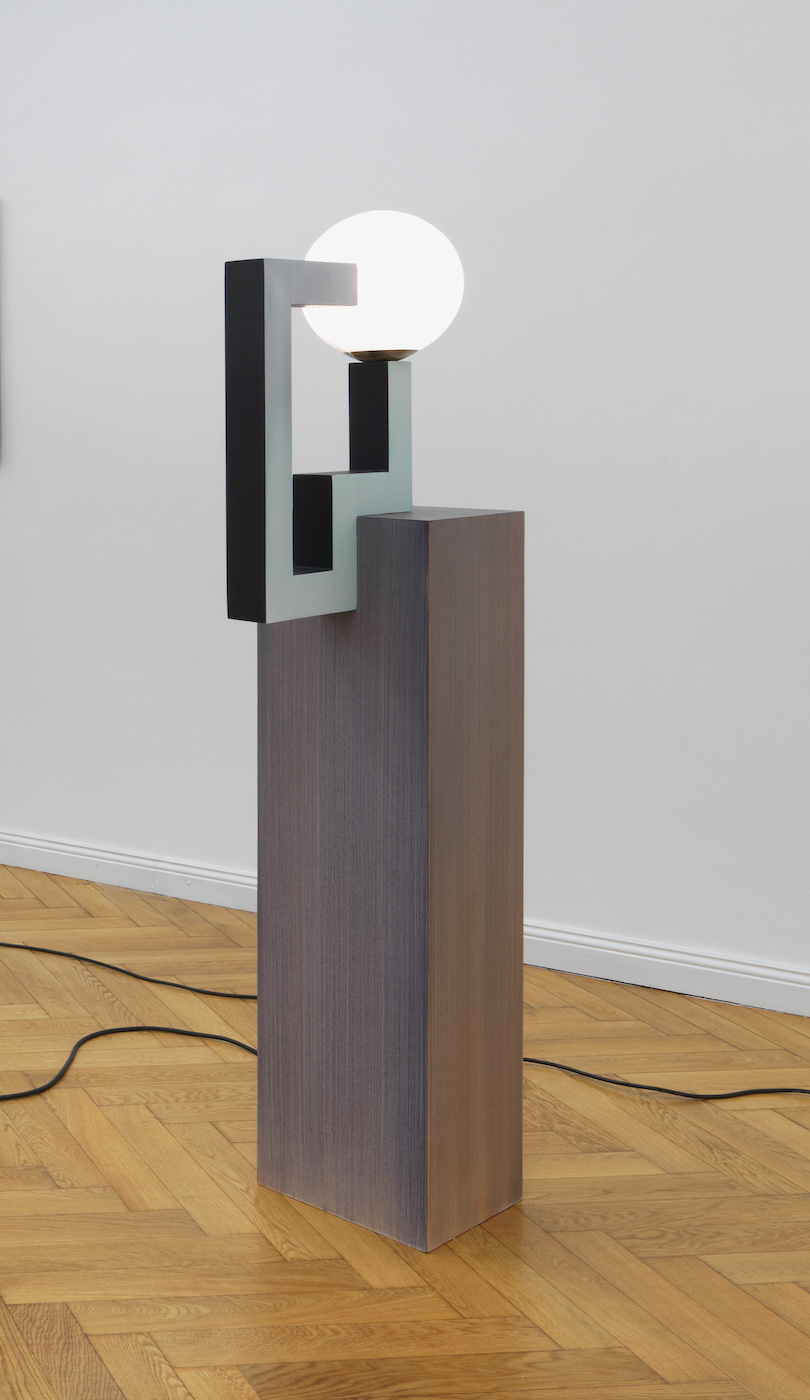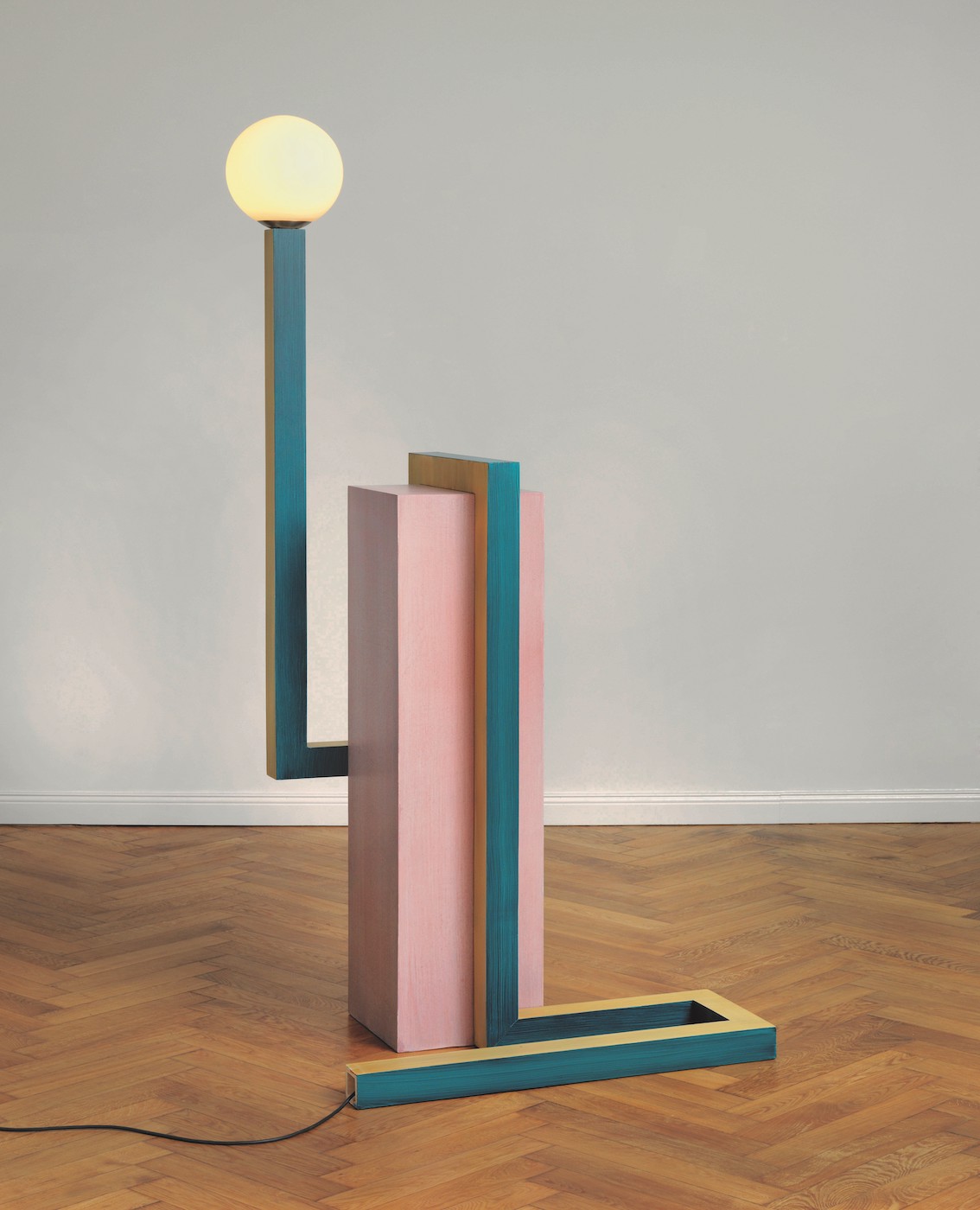Robert Vellekoop
Solo exhibitions
| 2024 | Cutting the Edge, Evelyn Drewes | Galerie, Hamburg |
| 2023 | Standard of Living, Haverkampf Leistenschneider, Berlin |
| 2022 | Casual Ambience, Paul Smith Store, Hamburg |
| Lab (Towerland Katalog Release), Evelyn Drewes | Galerie, Hamburg | |
| Monstera deliciosa, Schierke Seinecke, Frankfurt | |
| U-Turn, Galerie in der Wassermühle Trittau | |
| 2020 | Hidden Monuments, Evelyn Drewes | Galerie, Hamburg |
| Towerland, Schierke Seinecke, Frankfurt Am Main | |
| 2019 | Fiasko, Haverkampf Galerie, Berlin |
| 2018 | Paintings, Evelyn Drewes | Galerie, Hamburg |
Group exhibitions
| 2022 | viennacontemporary, Vienna, Austria |
| Elb/Hängung #1, Villa am Elbhang, Hamburg | |
| 2021 | Séance, Schierke Seinecke, Frankfurt am Main |
| 2019 | Aufbrechen, Barlachhalle K, Hamburg |
| 2018 | Nachts Allein im Atelier #5, Evelyn Drewes | Galerie, Hamburg |
| Hamburger Arbeitsstipendien Für Bildende Kunst, Sammlung Falckenberg, Hamburg | |
| 2017 | Sun Toxic City, Philipp Haverkampf Galerie, Berlin |
| 2016 | Nachts Allein im Atelier III, Evelyn Drewes | Galerie, Hamburg |
| Preisträger Für Das Hamburger Arbeitsstipendium 2017, Kunsthaus, Hamburg | |
| No Country For Old Men, Evelyn Drewes | Galerie, Hamburg | |
| 2015 | Young Emerging Artists, Affordable Artfair, Hamburg |
| Knotenpunkt 15, Affenfaust Galerie, Hamburg | |
| 2014 | salondergegenwart, Hamburg |
| Index 14, Kunsthaus, Hamburg | |
| Absolventenausstellung Hfbk Hamburg | |
| 2013 | Nominiert Für Hiscox Kunstpreis, Kunsthaus, Hamburg |
| Loft Stories, Wiensowskie & Harbord, Berlin |
Hidden Monuments
Empty streets, dim lantern light, the view from the window - Robert Vellekoop arranges the objects in his paintings like backdrops on a stage. In his works he devotes himself to abstracted representations of urban environments and minimalist still lifes. Streets meet schematic landscapes, lamps illuminate the fictitious sceneries with diffuse light.
The elements of these still lifes are reminiscent of simple Bauhaus design, though their mode of representation exaggerates the significance of their original function as everyday objects.
The origin of Vellekoop's works lies in the perception of his immediate surroundings, as well as the graphic reconstruction from memory. The subjects of his works are in a constantly changing process, which the artist quite consciously understands as an approach without a rigid concept. The arrangements elude precise location, just like Vellekoop as a painter who resorts to both abstract and representational forms of expression.
The artist does not choose the usual canvas as a picture carrier, but rather carpenter's boards, which take on a special texture through the elaborate application and removal of acrylic paints, as well as repeated sanding and glazing. This process provides a very specific color structure which gives his paintings something random and unique.
His sculptures in the function of lamps correspond with the motifs of his paintings and thus offer the possibility of entering Vellekoop's enigmatic pictorial worlds.
Robert Vellekoop
In a perfect curve, the highway circles two streetlights - only to be finally cut up by a second lane. Robbed of its flawless symmetry. Cut up? Subverted? Crisscrossed? On Interchange (2014), it is unclear how roads and lanterns function in the landscape; foreground and background are units of order that seem to follow no regularities in this work. Robert Vellekoop works on blockboard, to which he applies several layers of acrylic and varnish, only to remove them again, paint over them, sand them down, and glaze over them. As a result, the sometimes very neat and clearly separated surfaces are disturbed in their accuracy by technical unpredictability, coupled with the randomness of the material.Vellekoop treads the fine line between abstraction and figuration with his painting, without choosing sides. Televisions, lamps, plants, and streets in characterless landscapes are clearly recognizable, but in their radical reduction and sign-like quality they clearly approach the pictogram. Then again, as in Interchange (2013) or Streets (2014), naturalistically painted circles of light stand out, breaking up the geometric rigor.So, as straightforward, orderly, and well thought-out as the works may initially appear, failure-even if it manifests itself only in small subtle interferences, a darker spot in the grain, an unplanned detachment or transparency-is immanent in them. Obsolete technology, an old TV set or computer, transit routes translated into modernist geometric formal language, also suggest associations with the failure of modern utopias. It is fitting that Vellekoop, who actually develops his forms without concrete references in his head, was inspired by Oskar Schlemmer and his "Triadic Ballet" at least for the spiral figure in Lamp (Flash) (2013), through whose genesis failure runs like a red thread. Proximity and distance, another pair of opposites in the artist's work, is expressed not only in terms of a perceptual "familiar" (representational) versus "foreign" (abstract), but also in terms of material. In his installative setups, light fixtures remotely reminiscent of Panton's globe lights are positioned on bent or geometrically aligned, stem-like bases on walls or in space. These are made of the same wood as the backgrounds of the pictures, which, because they now come to the fore as building material, can enter into physical contact with the viewer even more than the pictures can.lampe, conceived by Vellekoop as the simplest formal construct imaginable, as a normative prototype, also creates proximity through recognition. As the icing on the cake, warm light tones emanating from the cones conjure up a cozy, homely feeling in the stomach area.
Christiane Opitz

